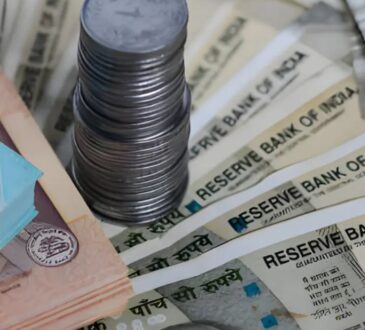
The Indonesian rupiah posted its biggest weekly slide in a year on Friday as reports of the potential resignation of the country’s finance minister dampened investor sentiment.
The rupiah which had been already under pressure amid political uncertainty ahead of the Feb. 14 presidential election, is on track for its fourth week of losses. It is down 1.3 percent so far for the week.
Reports that Finance Minister Sri MulyaniIndrawati could quit have weighed on the currency further and was seen as a factor prompting central bank intervention in the market earlier this week.
“Markets did not take too kindly to rumors of Finance Minister Sri Mulyani’s impending exit, since Indonesia’s fiscal prudence in recent years was credited to her astute stewardship of public finances,” said Nicholas Chia, macro strategist at Standard Chartered in Singapore.
Political uncertainty will continue to drag the rupiah lower given the “long lull between the first round of the presidential elections in February, a plausible run-off in June and the inauguration of the winner in October,” Chia added.
Other Southeast Asian currencies were largely rangebound. The Philippine peso led gains, rising 0.3 percent , and Thailand’s baht was 0.2 percent higher.
Both, however, were set to log their fourth straight weekly loss.
The dollar index which measures the greenback against a basket of major currencies, eked out gains of 0.3 percent as investors assessed the surprisingly strong US GDP data and its potential impact on the Federal Reserve’s stance on monetary policy when it meets next week.
On investors’ radar is also a key US inflation reading, due later in the day.
Among Asian stocks, shares in Singapore and Kuala Lumpur rose 0.4 percent and 0.3 percent , respectively. Those in Taipei and Manila were largely unchanged.
The support measures to help ailing markets in China, the region’s top trading partner, provided Southeast Asian equities a breather, with stocks in Shanghai reversing early losses to add over 0.5 percent.



